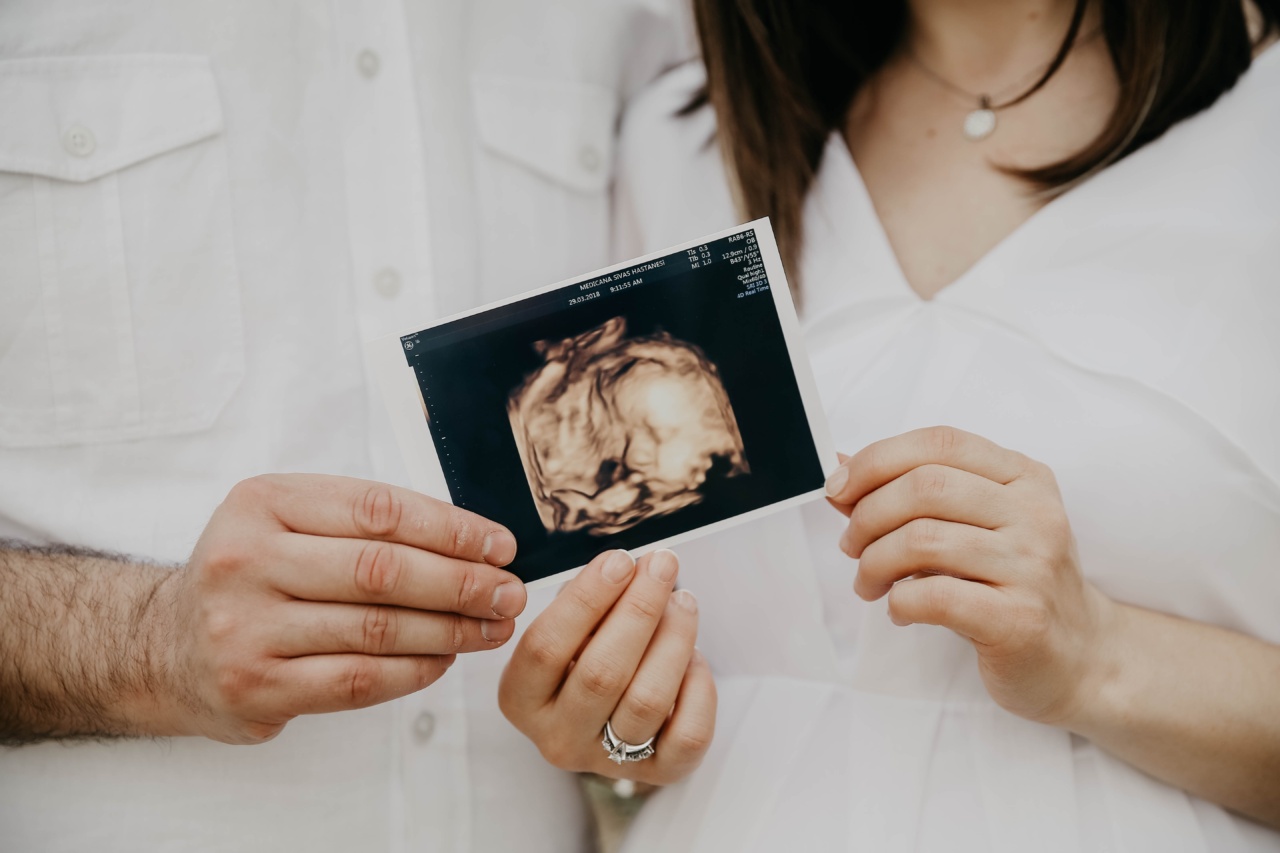One of the most exciting moments for expectant parents is finding out the gender of their baby. While waiting for the big reveal, many turn to ultrasound as a means of determining whether they will be raising a boy or a girl.
However, amidst the joy and anticipation, it’s essential to understand the truth behind the ultrasound and baby gender predictions.
What is an Ultrasound?
An ultrasound is a medical imaging technique that uses high-frequency sound waves to produce images of the internal structures of the body. It is commonly used during pregnancy to monitor the growth and development of the fetus.
How Ultrasound Determines Gender
During a pregnancy ultrasound, the technician examines the baby’s genitals to identify the presence or absence of a penis.
In most cases, determining the baby’s gender can be reliably done around the 18 to 20-week mark, when the genitals are developed enough to be clearly seen.
Accuracy of Ultrasound Gender Determination
While ultrasound is generally considered a reliable method for determining baby gender, there is a margin of error.
The accuracy can vary depending on various factors, including the baby’s position, the experience of the technician, and the quality of the equipment used. Overall, the accuracy rate is estimated to be around 90 to 95%.
Limitations of Ultrasound Gender Prediction
Despite its effectiveness, ultrasound has its limitations when it comes to predicting baby gender. One of the key limitations is fetal position.
If the baby is positioned in a way that makes it difficult or impossible to visualize the genitals clearly, the technician may not be able to determine the gender with certainty.
Another limitation is the gestational age at which the ultrasound is performed. Determining gender too early, before the development of clear genital structures, can lead to inaccurate predictions.
It is recommended to wait until around the 18 to 20-week mark for more reliable results.
Ultrasound Myths and Misconceptions
As with any popular practice, several myths and misconceptions surround ultrasound and baby gender prediction. Let’s debunk some of the most common ones:.
1. The Nub Theory
The nub theory suggests that the angle of the genital tubercle can reveal the baby’s gender as early as 12 weeks. However, this theory lacks scientific evidence and is considered nothing more than a fun guessing game.
2. The Heart Rate Myth
According to this myth, a faster fetal heart rate indicates a girl, while a slower heart rate suggests a boy.
However, numerous studies have debunked this claim, as the heart rate varies throughout the pregnancy and does not correlate with the baby’s gender.
3. The Skull Theory
The belief is that a more rounded skull suggests a girl, while a more square-shaped skull indicates a boy. However, there is no scientific evidence supporting the skull theory as a reliable method for gender prediction.
4. Methods for Gender Selection
Some individuals claim that certain diets, sexual positions, or timing can influence the gender of the baby. However, these methods have no scientific basis and should not be relied upon for gender selection.
Emotional Implications of Gender Prediction
While many parents are eager to know the gender of their baby for planning purposes, it’s essential to recognize that assigning a particular gender expectation can lead to disappointment or unnecessary pressure on the child.
It is crucial to remember that a baby’s gender does not define their abilities, personality, or future.
Alternative Methods for Gender Prediction
For those who are curious about their baby’s gender but do not want to rely solely on ultrasound, there are a few non-medical methods available.
These include old wives’ tales and folklore, such as the Chinese gender predictor or the ring test. However, it’s crucial to treat these methods as mere entertainment rather than scientific truth.
Conclusion
Ultrasound is a widely used and generally reliable method for determining a baby’s gender. While there can be a margin of error and certain limitations to consider, it remains the most accurate way to find out the sex of a baby before birth.
It is essential to approach gender prediction with an understanding of its limitations and to remember that a baby’s gender does not define their worth or identity.




























